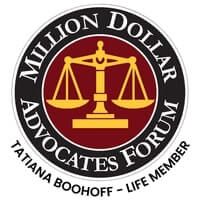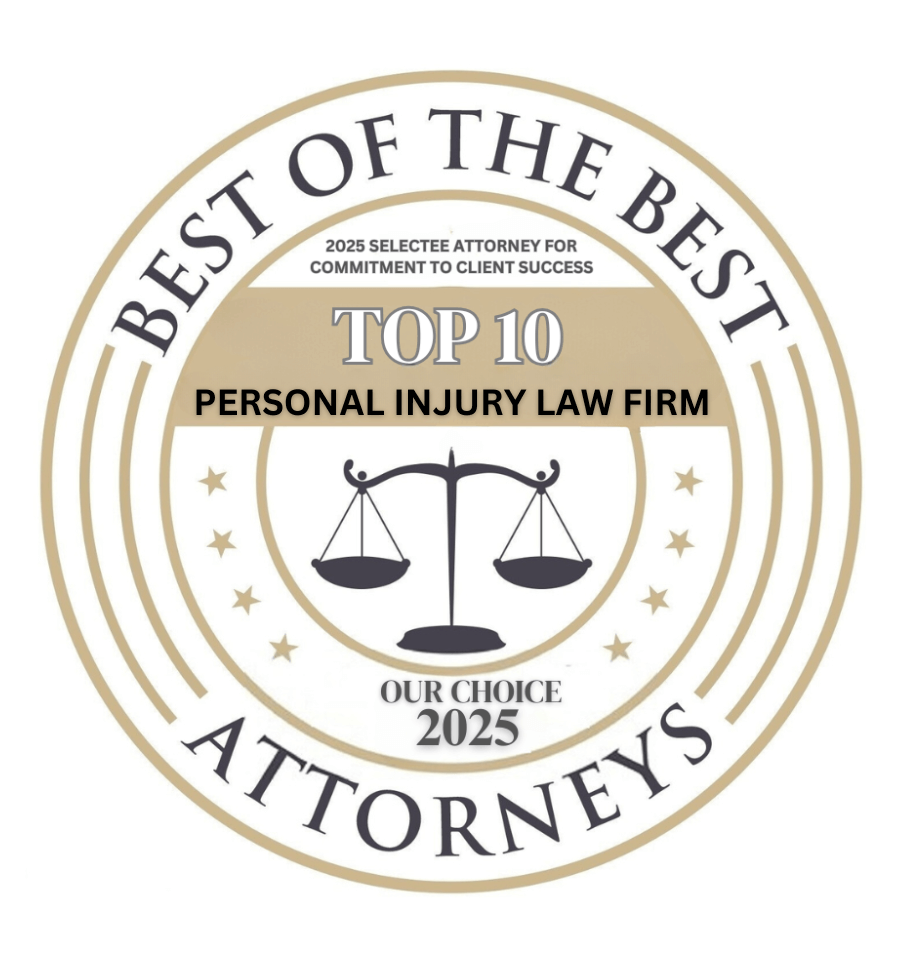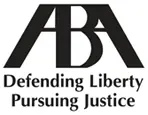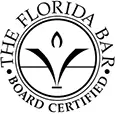Bicycle Accident Statistics
Traffic crashes killed 857 bicyclists in the United States in one recent year, according to the National Highway Traffic Safety Administration (NHTSA). Bicyclists can suffer severe injuries or death even if the vehicle that hits them is small, due to the difference in size between a motor vehicle and a bicycle, the minimal protection available for the bicyclist, and the speed of the vehicle.
Bicycle Safety
Riding a bicycle is often dangerous, especially in highly populated urban areas. However, many people prefer to ride bicycles to work or for fun to save money on gas or to get exercise. You can mitigate some injuries by wearing personal protective equipment while riding, including helmets, knee pads, long pants and sleeves, and gloves.
When you purchase a helmet, make sure it fits properly. If it’s too loose, it won’t do much good. The Bicycle Helmet Safety Institute can help you choose the right helmet and learn how to find the proper fit.
Mitigating the Risk of Crashes
Losing balance or getting hit by a car are the two main reasons for bicycle crashes. According to the NHTSA, most crashes happen between 6 p.m. and 9 p.m., and 75 percent of the wrecks are in urban areas.
Some tips to help you avoid crashing include:
- Ride a bicycle that fits you. If the bike is too big, it is harder for you to control. Your feet should touch the ground as you straddle the bike.
- Make sure you keep up with maintenance on your bike, including brakes, tires, and the chain. The seat and steering should be tight so the seat and handlebars do not wobble as you ride.
- Wear safety equipment. Make sure you have reflectors on the bike and wear reflective clothing, especially if you are riding at night.
- Make sure you have lights on your bike. You should at least have a headlight, and ideally, you should also have lights on the rear of the bike. If you do not have a light on the back, you should have reflectors on the back of the seat and the pedals.
- Never ride with a passenger on a bicycle designed for one person, especially a person sitting on the handlebars.
- Always keep both hands on the handlebars unless you are signaling to turn or stop.
- Choose roads with less traffic, if possible.
- Never ride on a sidewalk unless the law in your local jurisdiction allows it. If you do ride on a sidewalk, be mindful of pedestrians.
- Always pay attention to traffic, especially if you are riding on the road with traffic. Even if you are in a bike lane, be mindful of traffic. It’s easy for a distracted driver to veer into the bike lane and hit you.
- Obey all street signs and traffic signals. You must abide by the same rules as you would if you were driving a car.
- Never text or talk on the phone while riding.
- Do not listen to music while you are riding. Earphones and earplugs block out the noise of traffic. You may avoid an accident if you can hear what the traffic near you is doing.
- Watch for turning traffic and for people pulling out of driveways, intersections, and parking lots.
- If you are new to bicycle riding, avoid riding in traffic until you gain more experience.
Bicycle Accident Injuries
Bicycle accident victims suffer minor injuries to permanent disabilities or even death, depending on the circumstances of the accident.
Common injuries include:
-
- Bruises, cuts, scrapes, and cuts. These generally heal on their own after a few days. However, open wounds can become infected.
- Strains, sprains, pulled muscles, torn muscles, and other soft tissue injuries. In some cases, an injured bicyclist might require surgery to repair a torn muscle. They also might have to wear a cast or a sling, depending on the location of the injury. Some victims require physical therapy to repair the muscle after it heals.
- Road rash. As with other open wounds, road rash can become infected.
- Simple and compound fractures. These generally take six to eight weeks to heal. However, compound fractures create open wounds, which can become infected.
- Head, neck, and shoulder injuries.
- Back, neck, and spinal cord injuries.
- Traumatic brain injuries, including concussions. Multiple concussions over time increase your risk of suffering from chronic traumatic encephalopathy (CTE) later in life.
- Internal injuries, including internal bleeding.
- Amputation.
Even if you believe your injuries are minor, you should seek medical attention immediately after a bicycle accident. Some injury symptoms do not manifest until hours or even days after an accident.
Recovering Damages After a Bicycle Accident
If someone else caused your bicycle accident, you may be eligible to seek economic damages and non-economic damages from the at-fault party. These categories of compensation make accident victims financially whole again after an accident. Economic damages have an easily assigned monetary value while non-economic damages do not.
Economic Damages
Sometimes called special damages, economic damages can include:
- Past and future medical expenses.
- Past and future therapeutic expenses, including cognitive therapy, physical therapy, and psychological therapy.
- Past and future lost wages, including future partial lost wages if the circumstances warrant.
- Replacement or repair of destroyed or damaged personal property.
- Modifications to your vehicle or your home to make it handicapped accessible.
- Funeral, burial, and cremation expenses.
Non-Economic Damages
Sometimes called general damages, non-economic damages include:
- Pain and suffering, including emotional distress.
- Loss of enjoyment of life.
- Loss of consortium.
- Loss of companionship.
- Loss of use of a bodily function.
- Loss of use of a body part.
- Amputation.
- Disfigurement.
- Inconvenience.
If you suffered injuries in a bicycle accident or lost a loved one in a bicycle accident, contact a bike accident lawyer for a free consultation.
Free Consultation
We Are Here For You 24/7
Reviews
– Elissa M.
“Really pleased with Boohoff Law! Received immediate responses when I had any questions. Treated amazingly by all staff … made this process a true breeze!”
– Caitlyn M.
– Brandy K.
Related Posts
I Was Partially At-Fault in a Rear-End Crash. Can I Still Get Compensation in Florida?
I Was a Passenger in an Uber Accident. What Are My Rights?
What Damages Can I Recover After a Jackknife Truck Accident?
Recovery is personal.
We’re here for you.
We’re close by. And if you can’t make it to us, we’ll meet you where you need us, at home or in the hospital.
You're better off with Boohoff.











The information on this website is for general information purposes only. Nothing on this site should be taken as legal advice for any individual case or situation. This information is not intended to create, and receipt or viewing does not constitute, an attorney-client relationship.
Disclaimer: The results and testimonials presented on this website are based on the unique facts and circumstances of each case. Past results do not guarantee or predict similar outcomes in future cases. Every legal matter is different, and you should not rely on prior case results as an expectation of future performance.
available 24/7
(877) 999-9999
